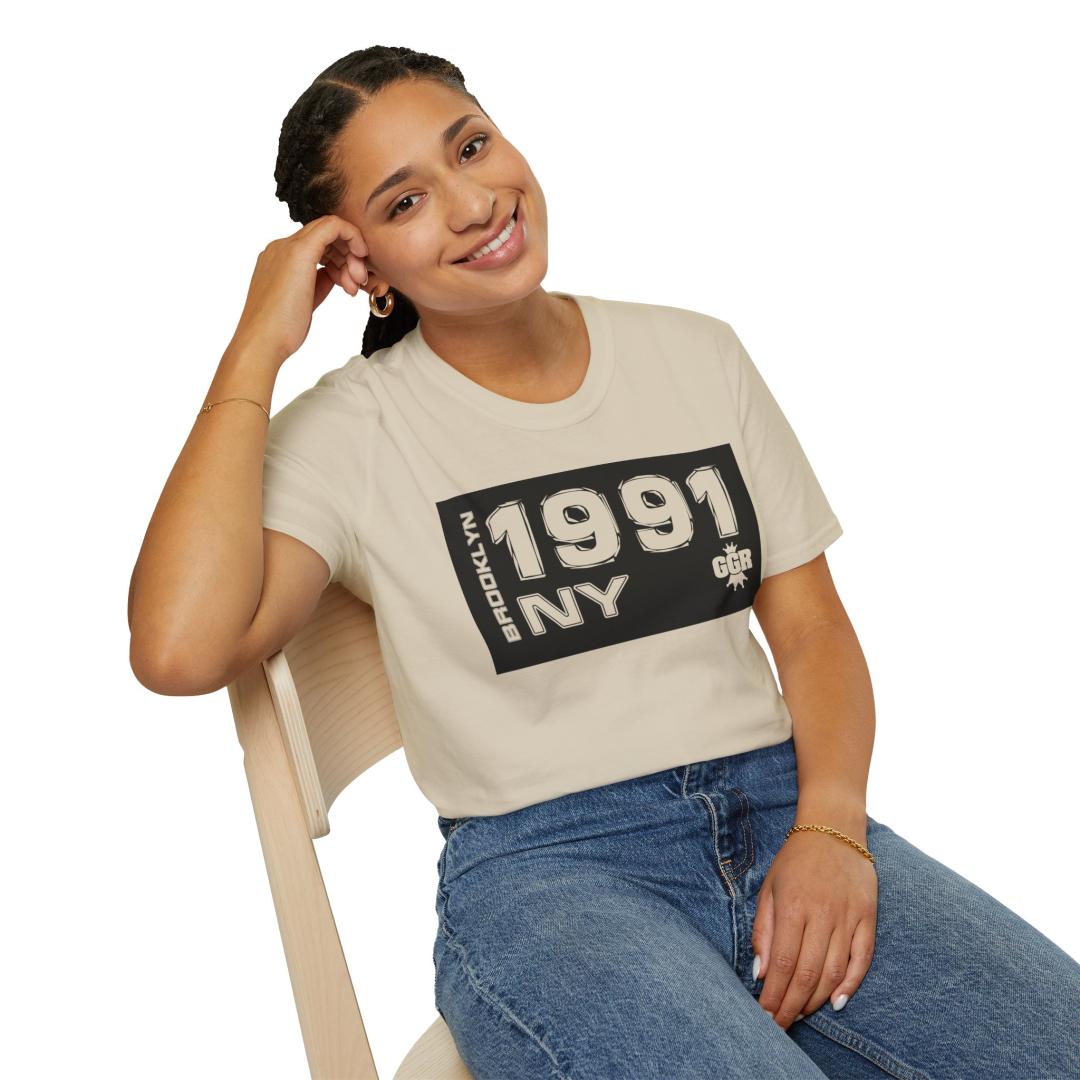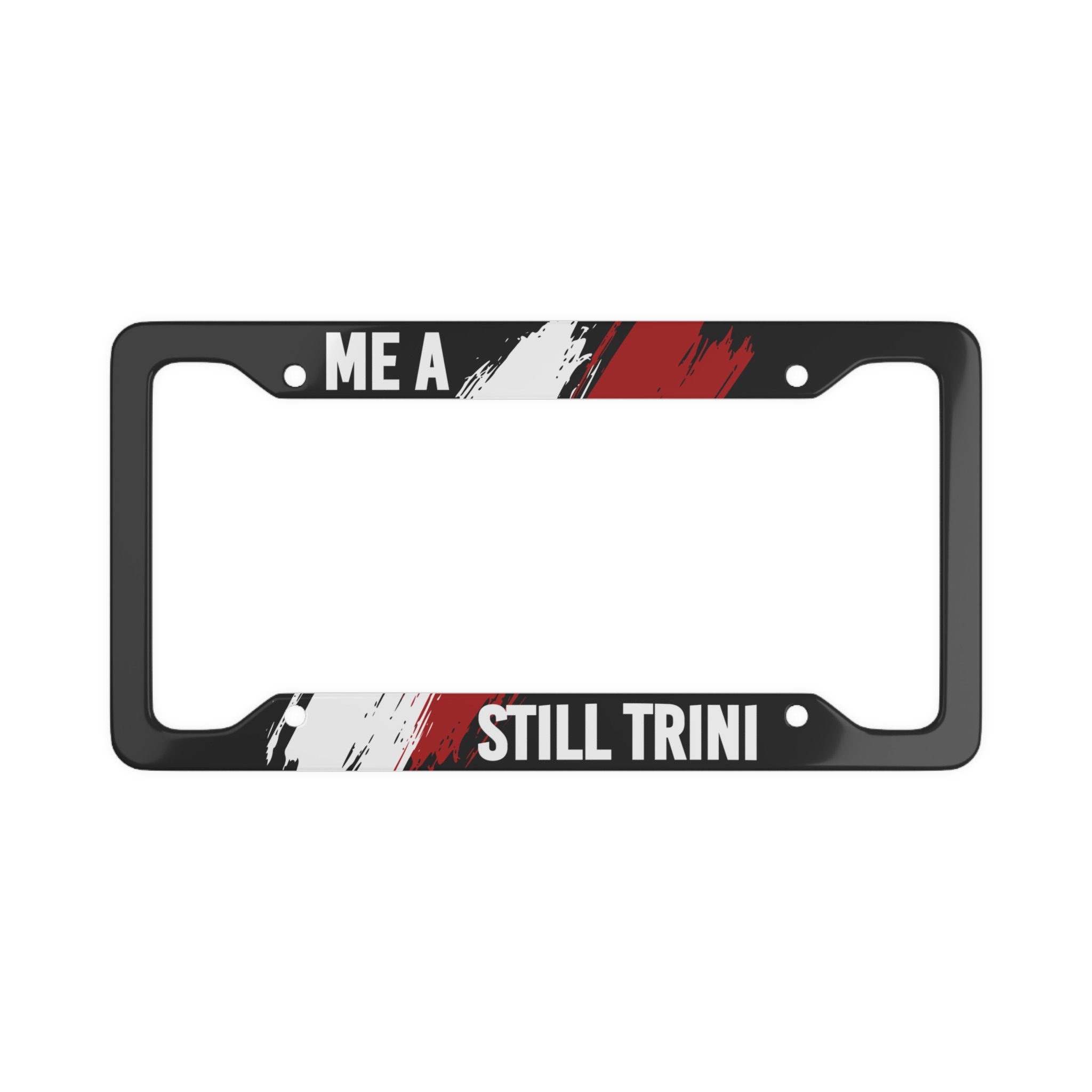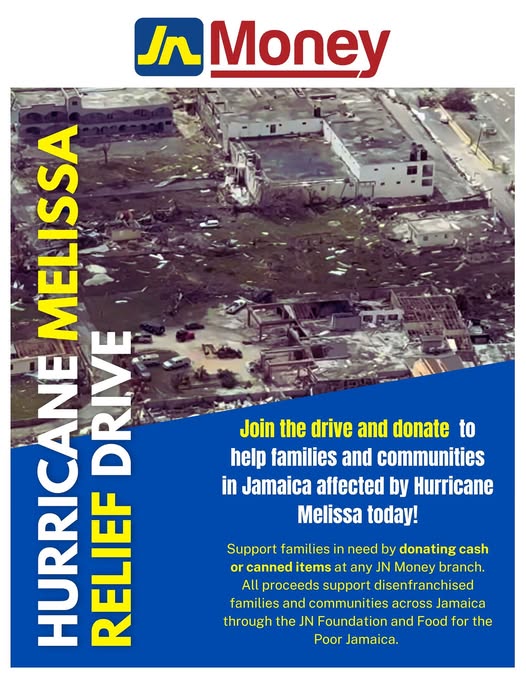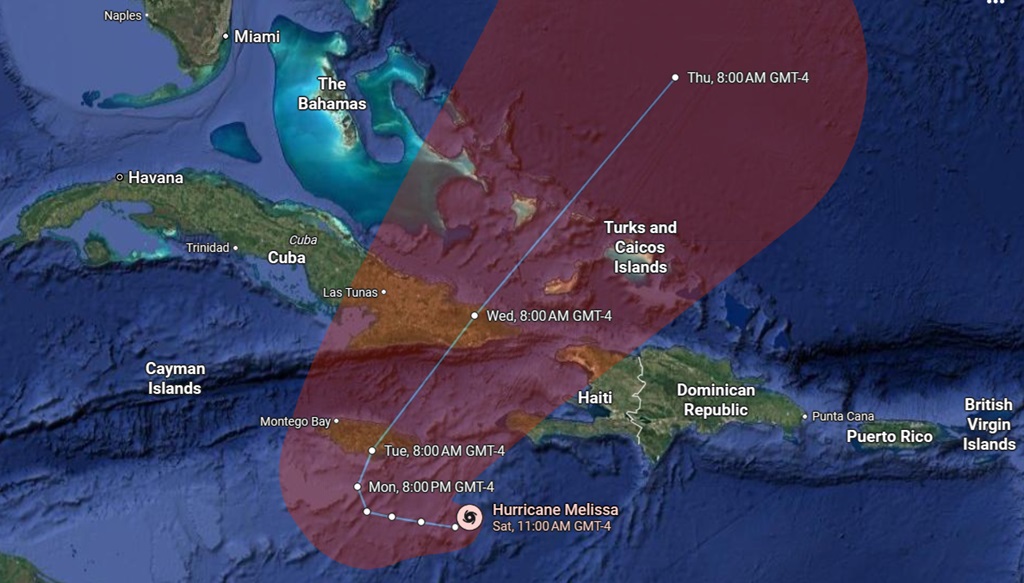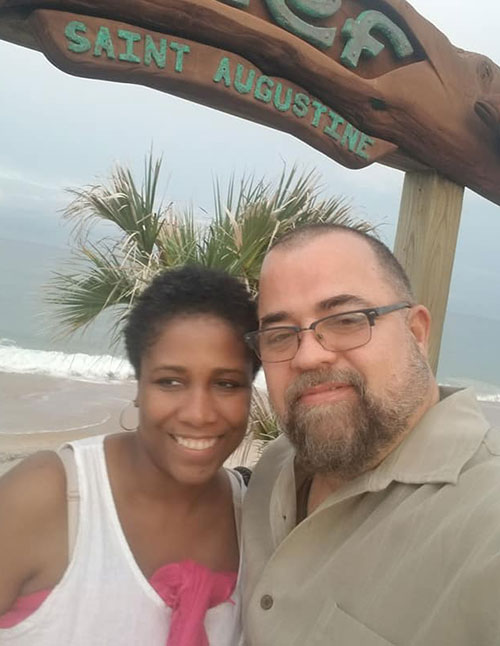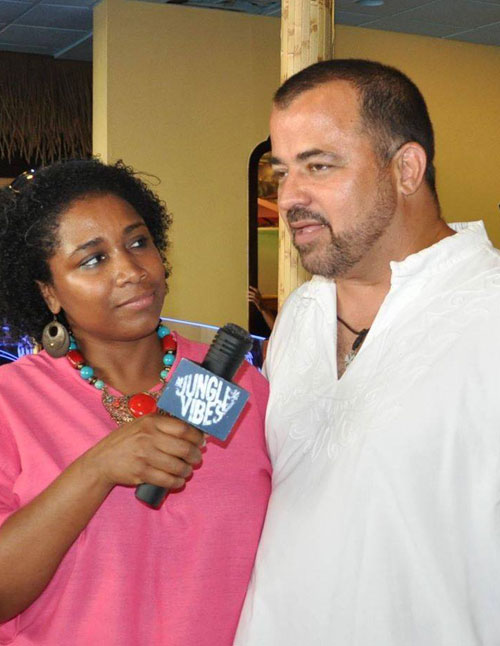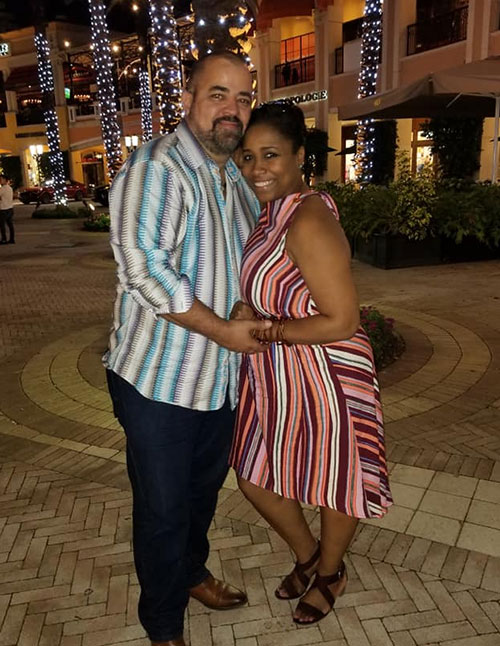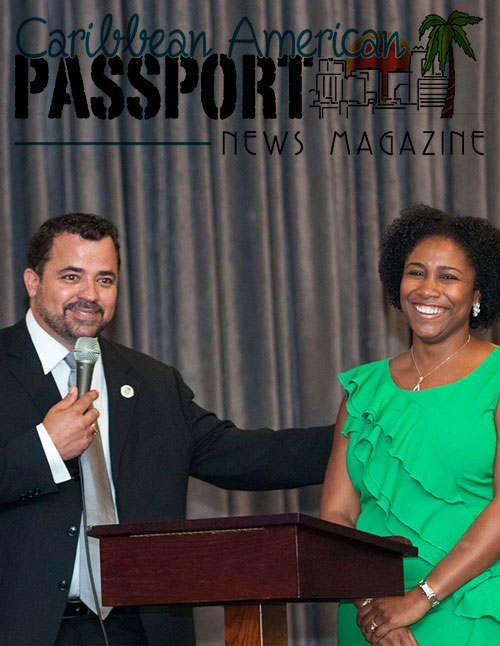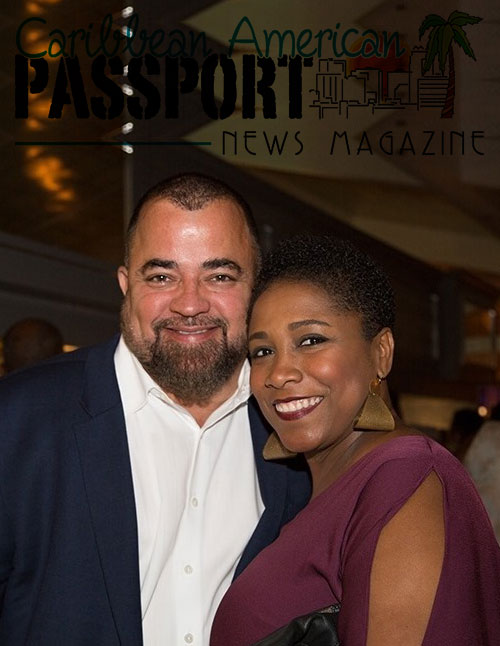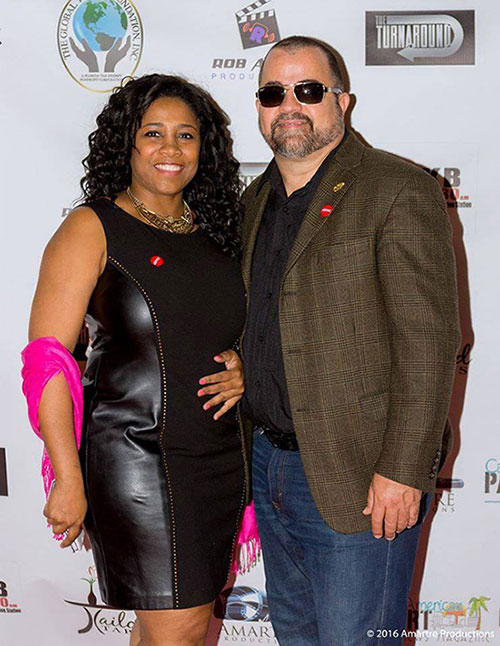In today’s world, producing cultural events is no longer just about entertainment, it’s an act of preservation. Yet, for community groups, cultural promoters, and event organizers, the challenge has never been greater. We live in an era defined by speed, screens, and short attention spans, where the soul of tradition must now compete with the algorithm.
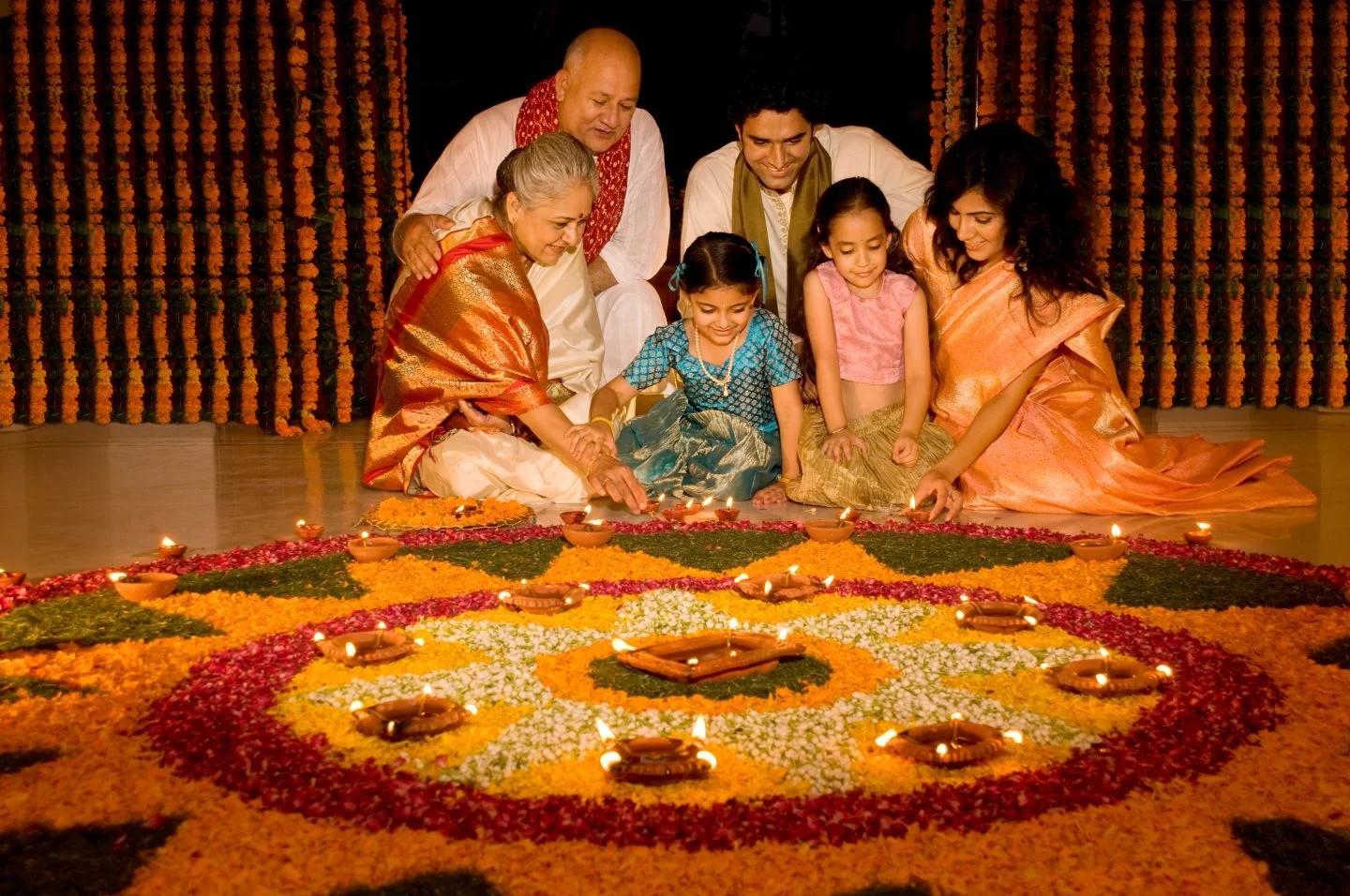
Social media platforms like Instagram, TikTok, and Facebook have reshaped how people experience the world. Attention has become the new currency, and engagement is measured in seconds. Audiences scroll past cultural depth in favor of instant amusement. As a result, the people and organizations working tirelessly to sustain traditional art forms, from Carnival and steelpan to dance, storytelling, and folk music, find themselves fighting an uphill battle to stay relevant and visible.
For many community-based event organizers, especially within the diaspora, culture is not a product, it’s a lifeline. These events connect generations, preserve identity, and give voice to heritage. But promoting a full-day festival, a parade, or a concert rooted in tradition now means competing with content creators who can capture a million views in under a minute.
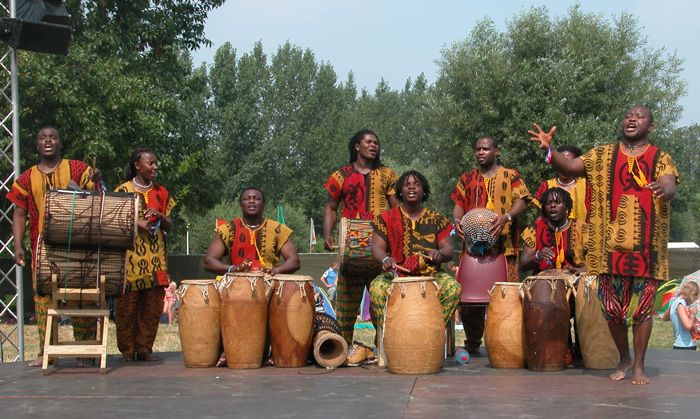
We face audiences who crave experiences but hesitate to commit, who want authenticity, yet scroll past it when it takes too long to unfold. The rhythm of cultural engagement has been replaced by the rhythm of the feed.
Where once people would plan weeks in advance to attend a community event, many now decide last-minute, waiting for a social media post or trending video to tell them it’s “worth it.” The attention economy has turned cultural participation into a game of digital validation.
Behind every cultural celebration, whether a J’Ouvert, a Diwali show, a steelpan competition, a folklore presentation, Carnival parade, or a heritage festival, there’s a team of organizers, volunteers, and artists working for months, sometimes years, to bring the experience to life.
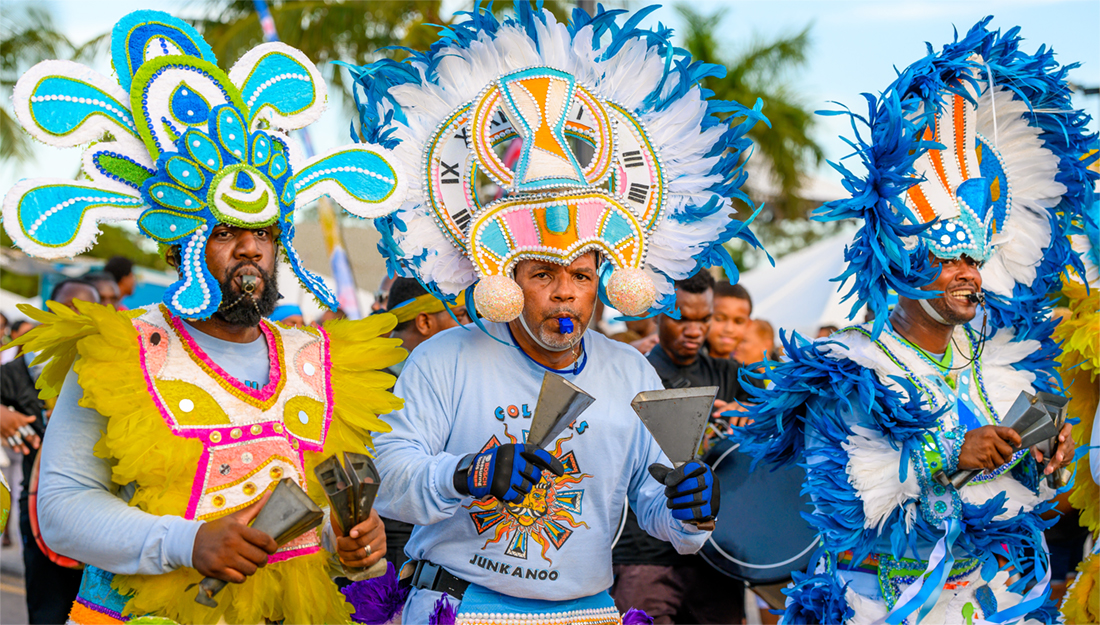
They’re navigating rising costs, shrinking sponsorships, and the relentless pressure to make traditional art forms “marketable” in a digital world. It’s not just about putting on a show, it’s about adapting without diluting the message.
How do you translate the deep emotion of a pan yard rehearsal, the communal spirit of a Mas Camp, or the sacred connection of drumming and dance into 15 seconds of viral content?
How do you get younger audiences to look up from their screens long enough to feel the magic that no video can replicate, the bassline of a steelpan vibrating through your chest, the smell of curry in the air, the shared joy of movement and freedom?
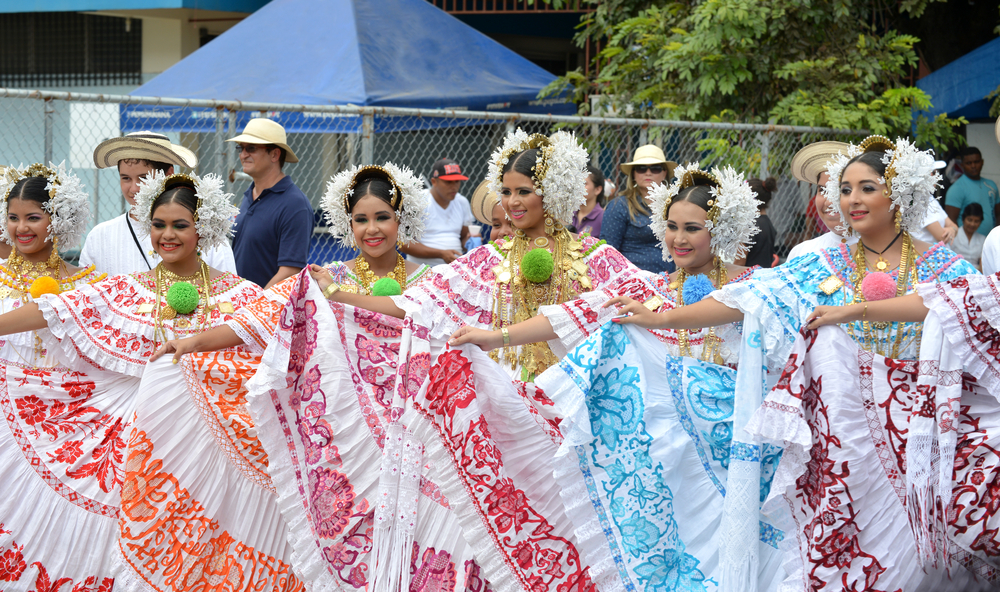
Many cultural groups now face a kind of burnout rarely discussed, not from overwork alone, but from emotional exhaustion. The joy of creation sometimes collides with the discouragement of dwindling turnout or minimal online engagement.
It’s not that people don’t care, it’s that the way they connect has changed. Social media has trained us to consume culture instead of participate in it. And for event producers, this shift is profound. When engagement becomes fleeting, sustainability becomes fragile.
Still, there is hope. While attention spans may shorten, the need for connection remains timeless. People still crave belonging, authenticity, and experiences that feel real, not just scrollable. The challenge is to bridge the gap between cultural integrity and digital innovation.
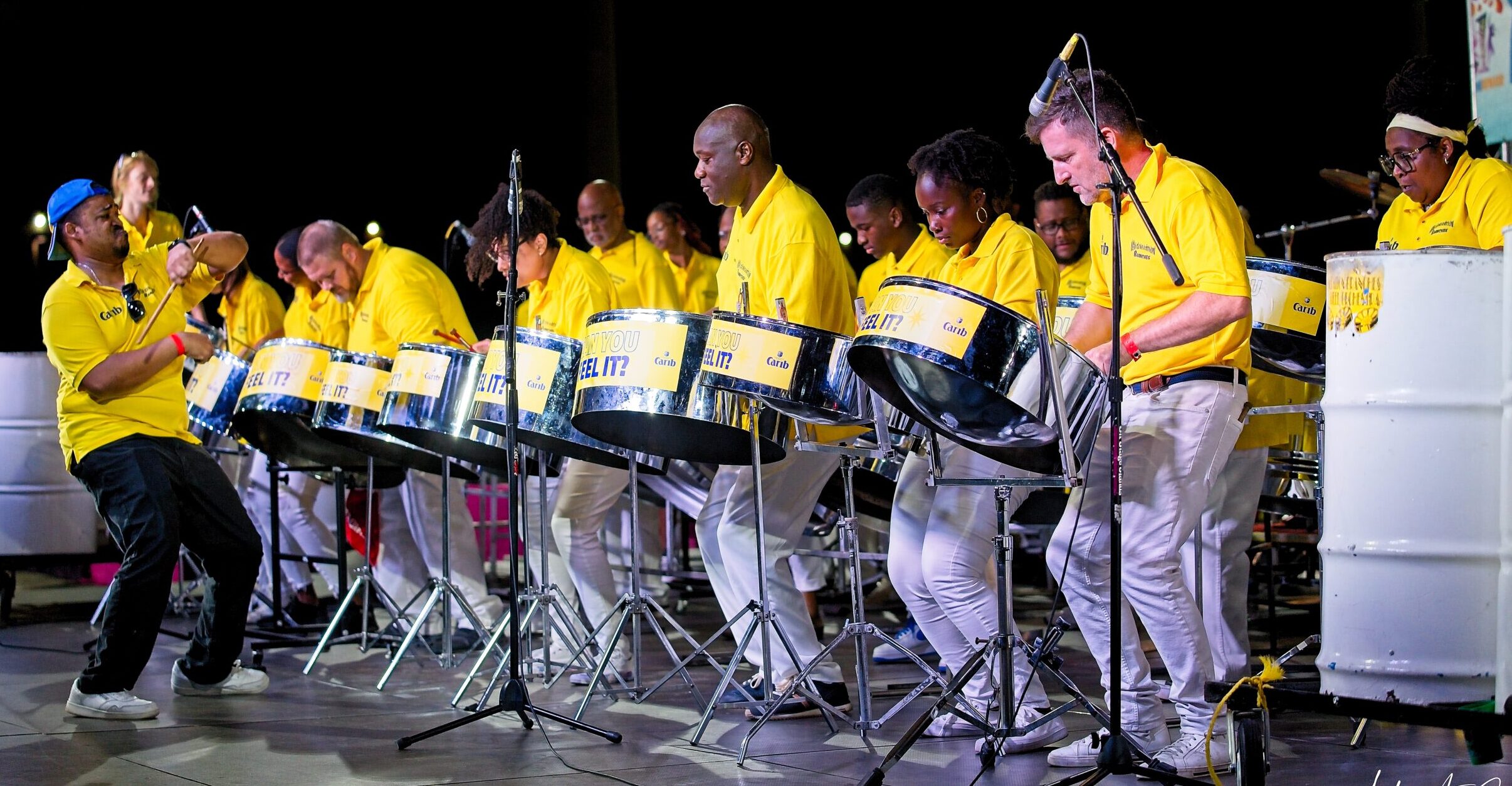
Organizers must now become both storytellers and strategists, finding creative ways to package tradition for a modern audience. That might mean live-streaming events, using reels and short clips to tease deeper stories, or merging live experience with digital storytelling.
But evolution must never come at the expense of identity. The drumbeat, the song, the costume, the ritual, these aren’t trends; they’re testaments to resilience.
To bring people back to the culture, we must remind them of what can’t be found online:
- The shared heartbeat of live music.
- The human connection of community gatherings.
- The spiritual energy that fills the air when tradition comes alive.
- We must teach the next generation that culture isn’t just content, it’s a living inheritance.
Every ticket purchased, every volunteer recruited, every post shared about a community event, it all matters. Supporting cultural events isn’t just about attendance; it’s about survival.
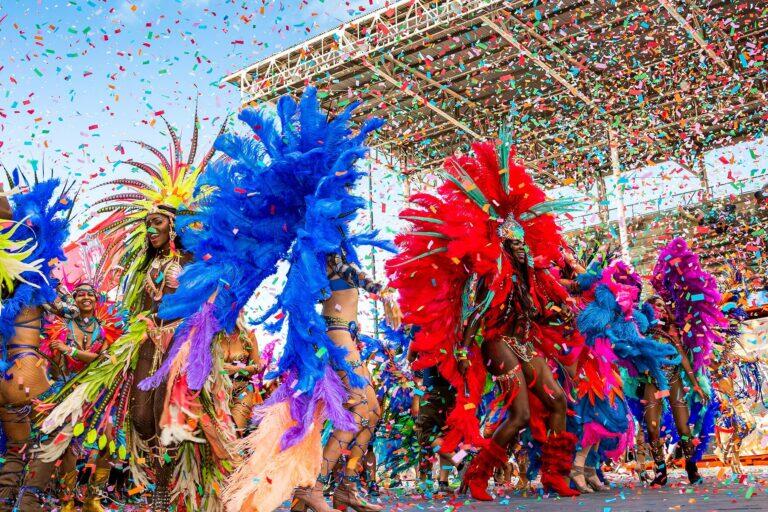
Promoters and cultural leaders are not just hosting parties or parades; they are guardians of memory, builders of identity, and keepers of the flame in an era that too easily forgets.
As we continue to adapt and create, the goal is not just to stay visible, but to stay vital, to ensure that even in the fast scroll of modern life, our culture stands strong, proud, and unshakably rooted.
Because while trends fade in 24 hours, heritage lasts forever.




